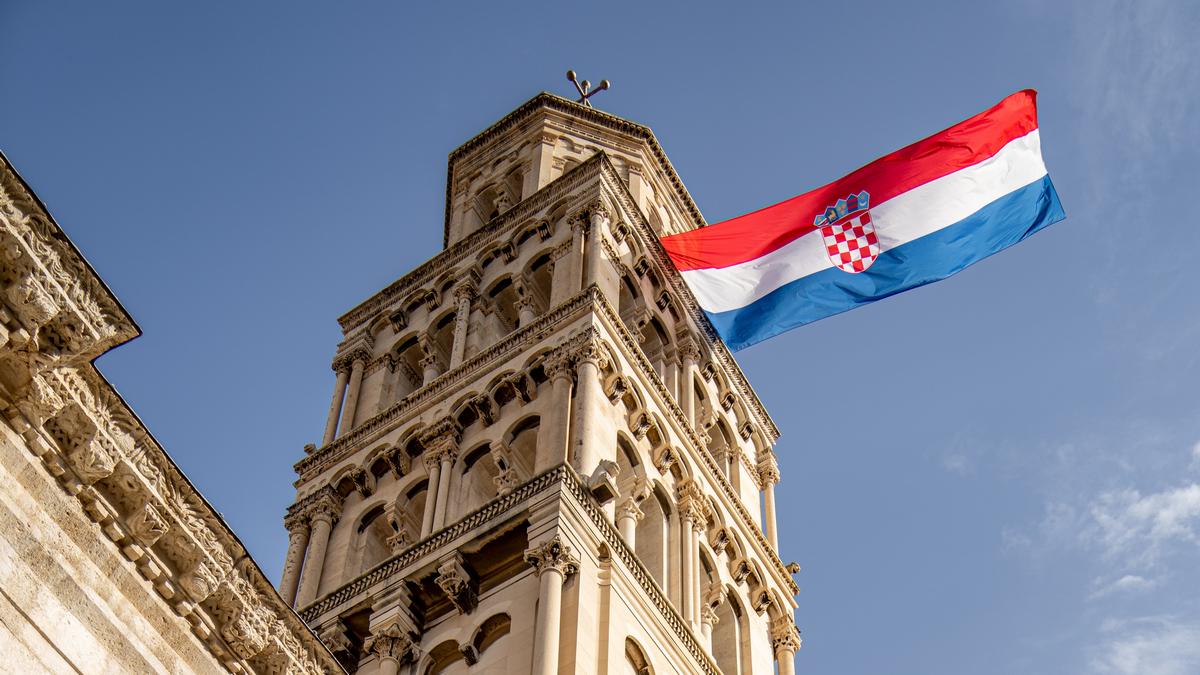Croatia switches to euro and joins open-border Schengen zone

Photo: Unsplash
Croatia officially becomes the 20th member of EU monetary union, adopting euro as its currency and joining the Schengen free-movement zone.
Croatia’s bid to switch to euro as national currency was approved by the European Union’s Council in July of 2022, marking the first expansion of the currency bloc in almost a decade.
The last European Union nation to enter the eurozone was Lithuania, in 2015.
Today, the Balkan nation officially became the 20th member of EU monetary union, adopting euro as its currency and joining the Schengen free-movement zone.
The development marks two major milestones since Croatia had joined the European Union almost a decade ago.
All price displays in Croatia, have been shown in both currencies – Croatian kunas and euros, since September 2022 and will be used jointly throughout 2023.
Croatia’s economy heavily relies on revenues from tourism, which accounts for 20% of its gross domestic product, drawing several million European and other global visitors each year.
Adopting the euro means that visitors coming from the Eurozone will no longer need to exchange their euros for kunas.
Croatia’s entry into the Schengen borderless zone, the world’s largest, which enables over 400 million people to move freely between its member states, is expected to provide a boost to the Adriatic nation’s tourism industry as well.
Border checks at Croatian airports, however, will only be removed in late March, amid technical issues.
Croatia will still apply strict border controls on its eastern frontier with non-EU neighbors Bosnia and Herzegovina, Montenegro and Serbia.
Croatia, officially the Republic of Croatia is a country at the crossroads of Central and Southeast Europe. Its sole coast is on the Adriatic Sea. It borders Slovenia to the northwest, Hungary to the northeast, Serbia to the east, Bosnia and Herzegovina and Montenegro to the southeast, and shares a maritime border with Italy to the west and southwest. Its capital and largest city, Zagreb, forms one of the country’s primary subdivisions, with twenty counties. The country spans 56,594 square kilometers (21,851 square miles) and has a population of nearly 3.9 million.
source: eTN




